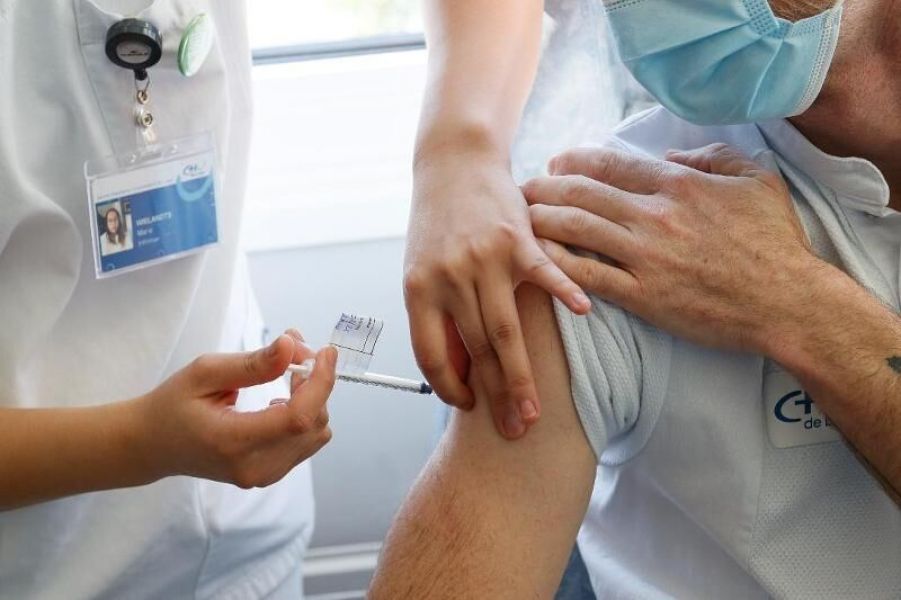Nearly half of the adult population in Belgium (49.8%) has received the first injection of a coronavirus vaccine, according to the latest figures from the Sciensano Public Health Institute updated on Monday morning.
This figure equates to over 4.59 million people. Of these, 2,075,003 people (22.5% of the adult population in Belgium) have received a second dose and are considered fully protected.
Between 21 and 27 May, an average of 1,834 new coronavirus infections were detected per day, down by 24% compared to the previous week, continuing a period of almost uninterrupted decline.
Meanwhile, the daily average of testing over the past week increased by 7% (an average of 43,967.1 tests were carried out) with a positive rate of 4.8% (down by 0.8%).
Related News
- Wallonia launches drive to vaccinate more 50-plussers
- Belgium needs to aim for 85% to 90% vaccination, experts say
- Getting antibody test after vaccination 'makes no sense'
Since the beginning of the pandemic, 1,061,200 cases of coronavirus infection have been diagnosed in Belgium.
During the same period, an average of 14.1 people died per day from the virus (down by 29.8% from the previous week), bringing the total to 24,940 deaths since the start of the pandemic in Belgium.
Between 23 and 29 May, there was an average of 87.3 new hospital admissions per day due to the coronavirus, a 26% decrease compared to the previous reference period.
On Sunday, a total of 1,220 people were in hospital as a result of the coronavirus (14 more than on Saturday), of whom 443 (-9) people were being treated in intensive care, and 278 (-16) were on a ventilator.
Over the last two weeks, the number of ICU cases has decreased almost 200 and has now fallen below the threshold of 500 set by the Consultative Committee as the boundary at which it would be safe to open up more of society in June.
The incidence, which indicates the average number of new cases per day per 100,000 inhabitants, reached 259.2, down by 19%.
The reproduction rate of the coronavirus in Belgium has now gone down to 0.82. When this number is below 1, it means that the epidemic gradually slowing down. The number has been lower than 1 since 22 April.

